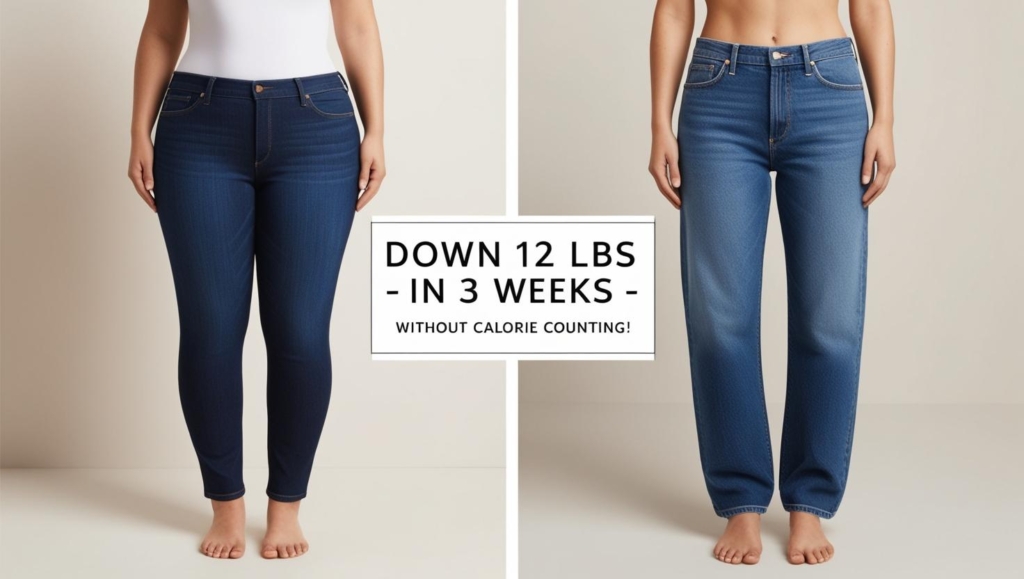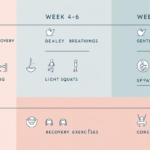“You’re Skipping Breakfast?!”
That’s what my mom said when I told her I was trying intermittent fasting (IF).
I was skeptical too. No calories? No tracking? No fancy supplements?
Just… eat, then don’t eat?
But three weeks in, the results spoke for themselves. My energy skyrocketed. My belly started to shrink. And the scale? Down 12 pounds—without a single calorie counted.
If you’re curious about intermittent fasting but don’t know where to start, this guide is for you.

What Is Intermittent Fasting (IF), Really?
Intermittent fasting is not a diet. It’s a pattern of when you eat—not necessarily what you eat.
It cycles between periods of eating and fasting. The idea? Give your body a break from digestion, so it can focus on other things—like fat burning, cellular repair, and hormone balancing.
Popular Intermittent Fasting Schedules
You don’t need to starve. You just need to time it right.
Here are the most common methods:
🕗 16/8 Method
- Fast for 16 hours (including overnight).
- Eat during an 8-hour window (e.g., 12 PM to 8 PM).
- Most popular and beginner-friendly.
⏰ 5:2 Method
- Eat normally 5 days a week.
- Eat only 500–600 calories on 2 non-consecutive days.
🍽️ Eat-Stop-Eat
- Fast for a full 24 hours once or twice a week.
🧘♂️ Alternate Day Fasting
- Fast every other day (not ideal for beginners).

How Intermittent Fasting Works (In Simple Terms)
When you fast, your body shifts from burning glucose (sugar) to burning stored fat for energy. This leads to:
- Fat loss
- Improved insulin sensitivity
- Lower inflammation
- Cellular repair (autophagy)
🧬 One study in the Journal of Cell Metabolism showed IF increases autophagy, a cellular “clean-up” process that’s linked to longevity and lower cancer risk.
My Personal Journey: From Cravings to Clarity
I started with the 16/8 method. The first two days were tough—I missed breakfast like a lost puppy.
By day 4, things changed. I had more focus at work. No afternoon crash. My cravings? Gone.
The real magic happened on week 3 when I noticed my jeans felt loose. I stepped on the scale: Down 12 pounds.
No calorie tracking. No supplements. Just timing.
Benefits of Intermittent Fasting (Backed by Science)
✅ Weight Loss – You naturally eat fewer meals. Fewer meals = fewer calories.
✅ Reduced Insulin Resistance – Helps lower risk of Type 2 diabetes.
✅ Heart Health – May reduce blood pressure, cholesterol, and inflammation.
✅ Brain Boost – Increases brain hormone BDNF, supporting memory and focus.
✅ Longevity – Animal studies suggest IF may extend lifespan.
Who Should Avoid Intermittent Fasting?
⚠️ IF is not for everyone. Avoid or consult a doctor if you:
- Are pregnant or breastfeeding
- Have diabetes or blood sugar issues
- Have a history of eating disorders
- Are under 18

Beginner Tips for Intermittent Fasting
💧 Stay Hydrated – Water, black coffee, or herbal tea during fasts.
🧂 Electrolytes Help – A pinch of Himalayan salt can curb headaches.
🍳 Break Fast with Protein – A meal high in protein and fiber keeps you full.
📱 Use Apps – Try “Zero” or “Fastic” to track your fasts.
💤 Sleep Well – Poor sleep = poor fasting results.
Common Myths About Intermittent Fasting
❌ “It slows metabolism.”
Nope! Studies show it may increase metabolism in the short term.
❌ “You’ll lose muscle.”
Only if you under-eat protein. IF combined with strength training actually preserves muscle.
❌ “You have to skip breakfast.”
Not true—you can shift your window to include breakfast if that works for you.
What to Eat During Your Eating Window
You’re not “free to binge”—quality still matters.
Focus on:
- 🥗 Whole foods
- 🥑 Healthy fats
- 🍗 Lean proteins
- 🫐 Fruits & veggies
- 🥜 Complex carbs
Final Thoughts: Is Intermittent Fasting Right for You?
You don’t need willpower of steel. You don’t need to count calories obsessively.
You just need a clock and a little consistency.
IF isn’t a magic bullet—but for many (like me), it feels like one.
Takeaway Action Plan:
- ✅ Start with 12:12 or 14:10 if 16:8 feels too hard
- 📆 Stick with it for at least 2 weeks
- 🧠 Listen to your body—adjust as needed
- 👫 Share this article to help others start smart
Sources:
- Harvard Health: www.health.harvard.edu
- Cell Metabolism Journal
- National Institutes of Health (NIH)
- Mayo Clinic
Disclaimer:
This article is for informational purposes only and not medical advice. Please consult your healthcare provider before making dietary changes.






